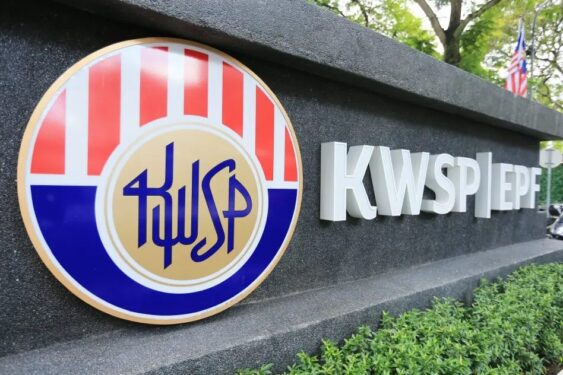WITH a large proportion of loans on repayment moratorium, the Malaysian banking industry’s gross impaired loan (GIL) ratio hit a historical low of 1.38% as at end September 2020 (end-December 2019: 1.53%).
While the ratio is unlikely to ease much further, it is envisaged to be upheld by the targeted repayment assistance (TRA) programme, which came into effect after the expiry of the earlier automatic six-month moratorium in September.
The TRA is applicable to individuals and small and medium enterprise (SME) borrowers, and takes the form of a further three months’ payment holiday or reduced instalments for at least six months (including automatic approval for B40 individuals and micro SMEs).
“Based on the latest available data, about 11% (ranging from 8% to 15% for individual banks) of the eight local banks’ domestic loan portfolios are under TRA or subject to restructuring and rescheduling.
This number may creep up as more borrowers request for financial relief in the coming months. The underlying asset quality will only become clearer after the relief measures have expired.
In a worst-case scenario, RAM projects the GIL ratio may peak at 3.0%-3.5% in 2021 or 2022,” highlights Wong Yin Ching, RAM’s co-head of Financial Institution Ratings, in conjunction with the publication of the rating agency’s Banking Quarterly Roundup third quarter of 2020 (3Q 2020).
While the industry’s GIL ratio is still low, banks have stepped up proactive provisioning. About half of their impairment charges in 3Q 2020 were pre-emptive actions, either through management overlay or macroeconomic adjustments.
Consequently, the average credit cost ratio of the eight banks stayed lofty at 81 basis points (bps) in 3Q 2020 (2Q 2020: 91 bps).
The ratio was, however, slightly lower quarter-on-quarter (qoq) due to some earlier lumpy overseas impairments.
“We expect provisions to remain elevated in the coming quarters as banks gradually build up their impairment allowances to be prudent.

Meanwhile, the eight banks’ GIL coverage (with regulatory reserves) and the industry’s common equity tier-1 capital ratios stood at a robust 114% and 14.6%, respectively, as at end-September 2020. We believe that Malaysian banks’ strong loss-absorption buffers will tide them over the COVID-19 crisis,” adds Wong.
RAM Ratings also notes a strong recovery in net interest margins (NIMs) in the latest round of banks’ 3Q 2020 financial results, after the earlier slump in the industry’s profit performance.
The improvement was underpinned by the absence of sizeable modification losses (present in 2Q) and the gradual repricing of fixed deposits amid the aggregate 125 bps of OPR cuts so far this year.
That said, banks’ profitability remains pressured as they proactively enhance provisioning buffers to brace against possibly higher loan delinquencies when the various financial relief measures end.
The average NIM of our selected eight local banking groups rebounded 26 bps qoq to 2.09% in 3Q 2020.
However, this is still below the trend average of 2.20-2.30%. While this indicator should still chart a slight improvement in 4Q 2020, the full-year NIM is likely to underperform by about 15 bps year-on-year. – Dec 4, 2020










